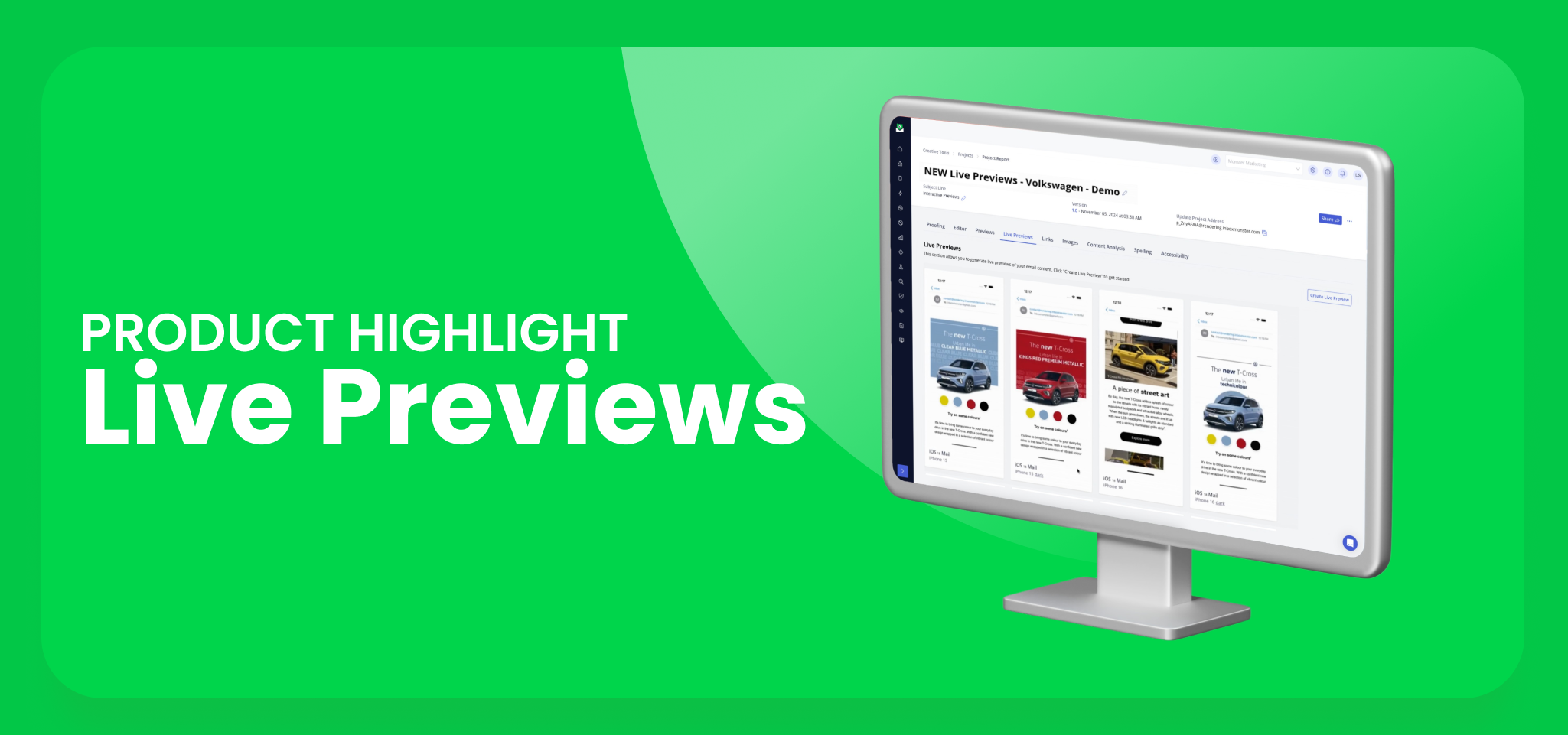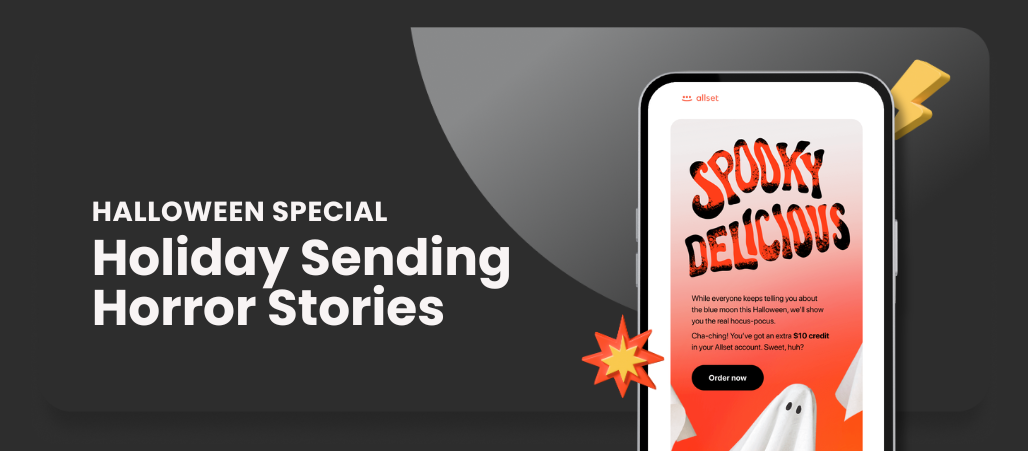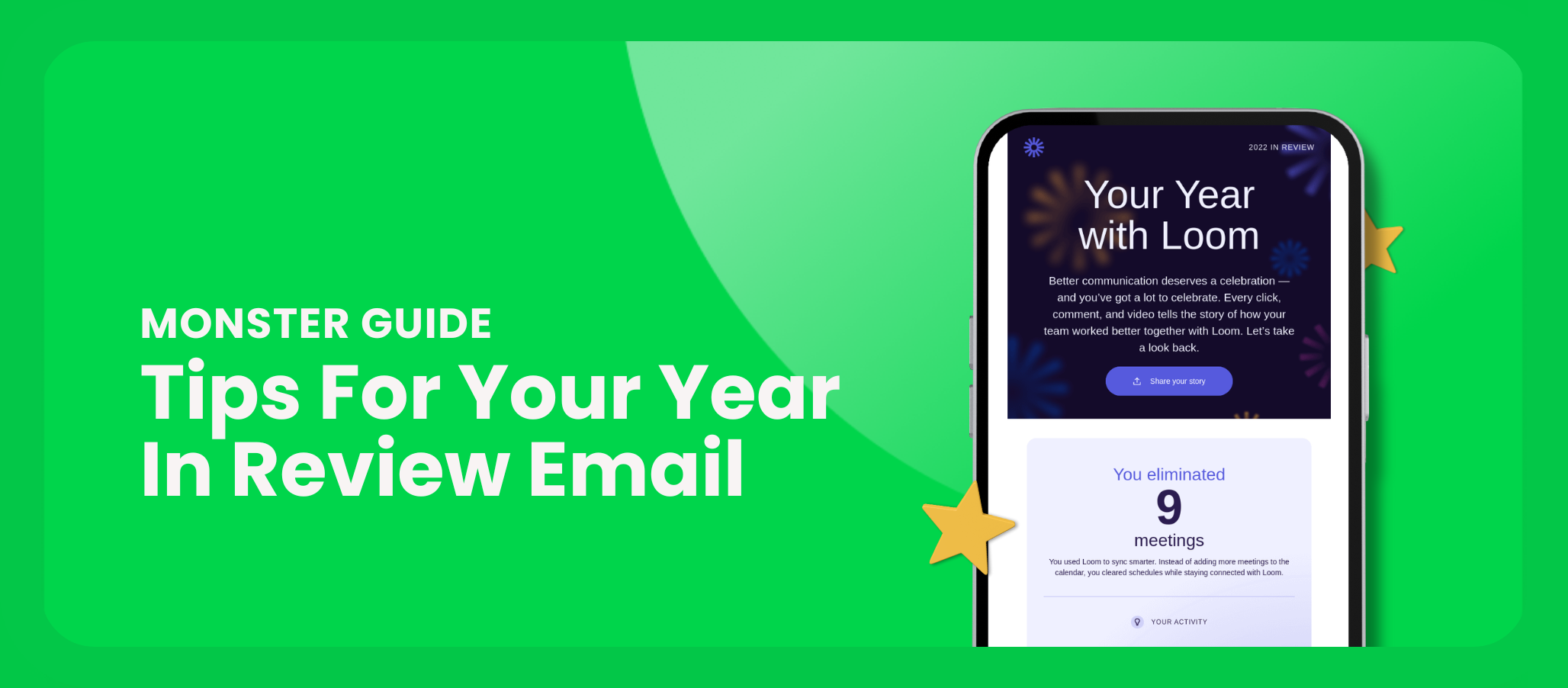“Newsletter is a generic, tired word” – that’s how Drew Price, Grammarly’s first Head of Product Marketing & Brand lead, started a recent post he shared on LinkedIn.
“Not everyone can create a flagship concept that serves as a core product experience and consistently improves sentiment and value realization,” he continued.
And Price has a point.
The idea of a newsletter has evolved and changed dramatically since it was first introduced. So is the idea of the newsletter dead, or are we simply witnessing the natural evolution of email marketing and how newsletters play a part in it?
A brief history of the newsletter
The idea of a newsletter is as old as they come – a one-pager that originated way back when the Roman empire was in power, and usually delivered and shared between and to officials who needed to know about the latest things done or achieved.
Newsletter monetization first started in the 16th century – paving the way for what we know today to be newspapers, and getting picked up by companies as a means to sell their products and services.
But it wasn’t until the invention of email in 1971 and the growing popularity of the internet in the ‘90s that newsletters became more accessible, affordable to produce and widespread than ever before.
What is a newsletter nowadays?
To understand how brands use the medium of newsletters today, it’s important to understand what it is.
According to Dictionary.com, a newsletter is: “A written report, issued periodically, typically by a business, institution, or other organization, that presents information and news to people with a specific interest in the organization or subject.”
Two things about this definition are worth looking into:
-
- What is the right frequency to send a newsletter?
For the last few decades, many brands have been following the “spray and pray” approach, which looks like “blasting” their email list with as many emails as possible with the hope that something will eventually catch on.
This approach doesn’t consider an interval that necessarily suits the recipients’ preferences, but advocates for “sending more emails to the entire list” as a means of increasing email revenue (rather than “sending more relevant emails” to different segments, in addition to learning about subscribers’ interests, desires or challenges).
Thanks to today’s technology, brands can easily gamify and personalize both the frequency preferences for each subscriber, as well as the type of content that each subscriber can get into their inbox.
2. What kind of information do you send, and how can it be of value?
Knowing that a newsletter is no longer limited to delivering the news but rather delivering any information of value to its readers around a topic of interest, a newsletter can also be educational, entertaining, inspirational or promotional content. Or even a mix of all of the above.
In a sense, one could say that newsletters are now playing a “new and improved” role for companies, depending on the brand size:
Aside from solely being responsible for driving sales, bigger brands can use newsletters strategically to bridge between the conversion, retention and lifecycle marketing, and loyalty email teams. Those emails can be sent to the relevant segment, containing dedicated valuable information that matches the stage of the inbox journey each subscriber is in.
Smaller brands, on the other hand, can use newsletters as an opportunity to build awareness and authority as a means for conversion.
With 49.4 million unique views on Substack alone in January 2024 (compared to 34.8 million in August 2023), it’s no surprise then that publications like theSkimm and Performance Marketing World have declared that “2024 is the year of the newsletter.”
The state of the newsletter economy
Aside from newsletters being brands’ more traditional way to stay top of mind for their subscribers, gather first- and zero-party data and promote various solutions directly to their audiences, newsletters are experiencing a renaissance from another, not very surprising direction: personal brands.
Many of those smaller brands and creators are growing steadily frustrated with social media’s rented land, unreliable algorithms, and unexpected outages. Many have been more strategic about encouraging their audiences to join their email lists so that they can enjoy platform ownership and consequent perks.
Several Email Service Providers, such as Beehiiv, ConvertKit, and Substack, identified this trend a while back, and continuously work on improving the ways brands who use their platforms can grow their lists faster and with less friction – through one-click subscription, creator/referral networks and optimized user experience.
These technological improvements and growing interest in newsletters as a whole allowed for email monetization to be a hot topic.
Smaller and personal brands are making more use of tiered and paid subscription options, getting bigger newsletter sponsorship deals (sometimes for the first time), and creating new newsletter businesses.
Established newsletter businesses, like Morning Brew (appx. 4 million subscribers) and “the Hustle” (over 2 million subscribers) built a reputation for themselves that made it possible for them to be sold by larger corporations. Morning Brew was acquired by Business Insider for $75 million in late 2020, whereas “the Hustle” was acquired by Hubspot for an estimated $27 million in 2021. Both daily newsletters, just like other major players in the newsletter business, are generating steady revenue from ads, affiliate links, sponsorships and events, and continue to grow their subscription base organically through referral programs.
Speaking of email events, the list of email- and newsletter-themed conferences is getting longer by the year – here’s a curated list of them from our friends at Selzy.
Newsletter advertising is not snoozing on this golden opportunity either: Different services (such as Paved and SparkLoop) continuously attract senders and advertisers who understand how powerful and profitable it can be to show the right message to the right audience where they already are.
Newsletters are not dead. They just look, feel, and are used differently.
Aside from the well-known ROI that brands can expect from their email lists (an average of $36-$42 for every $1 spent), 2024 looks like a great year to be in the business of newsletters.
A sender that can provide value to their readers has more opportunities than ever before to monetize their email list through selling products or services, as well as get sponsorships, publish targeted ads, ask for donations or develop paid subscription tiers.
A newsletter can become a substantial revenue stream – but the way to think of newsletters must shift dramatically. The “blasting” approach, that only considers a brand’s agenda, no longer matches the expectations of subscribers.
Instead, we must tailor the inbox experience and send newsletters based on the previous actions, current wants and future aspirations of our subscribers, and remember that a newsletter can no longer serve as a monologue, but rather a dialogue with those who want to hear from us in the first place.
So no, the newsletters are far from being dead – they’re just replaced by a new and improved idea of what a newsletter is.





